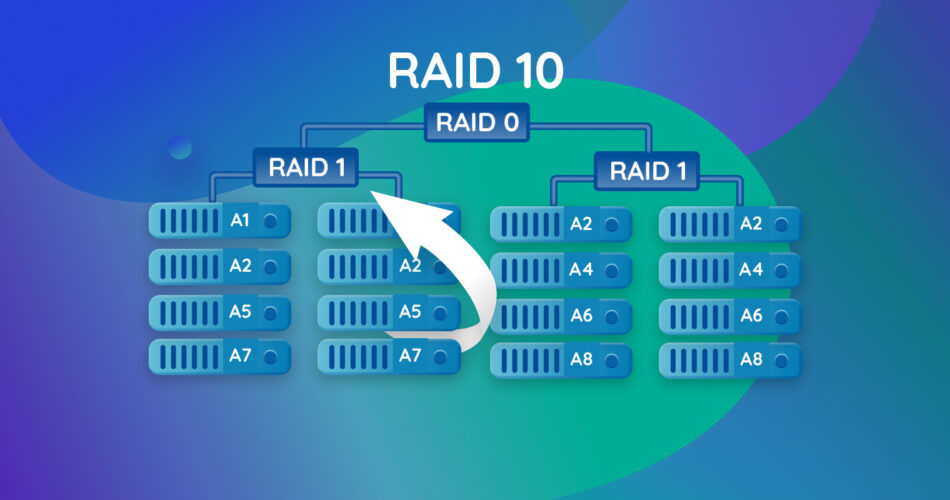When a RAID array experiences a failure, the results of the data recovery process can significantly impact your business operations and data integrity. This article will provide insights into what you can expect from RAID data recovery results, including factors that influence outcomes and the benefits of professional recovery services.
The Importance of RAID Data Recovery
RAID (Redundant Array of Independent Disks) systems are designed to protect data through redundancy and improved performance. However, despite these safeguards, RAID arrays can still fail due to hardware malfunctions, human errors, or other unforeseen issues. Understanding the results of RAID data recovery can help you make informed decisions and minimize downtime.
Key Factors Influencing RAID Data Recovery Results
Several factors influence the results of RAID data recovery:
- Type of RAID Configuration: Different RAID levels (e.g., RAID 0, RAID 1, RAID 5, RAID 6) have varying degrees of redundancy and fault tolerance. The complexity of the RAID configuration directly impacts the difficulty and success rate of data recovery.
- Extent of Damage: The nature and extent of the damage to the RAID array can affect the recovery outcome. For instance, a failed hard drive in a RAID 5 array may be easier to recover than a RAID 6 array with multiple failed drives.
- Data Overwriting: If new data has been written to the RAID array after failure, the chances of successful recovery diminish. It is crucial to cease all operations on the affected array to maximize recovery potential.
Professional RAID Data Recovery Services
Engaging with professional data recovery services offers several advantages in achieving optimal results:
- Expertise and Experience: Professional data recovery technicians have the expertise and tools required to handle complex RAID failures. Their experience allows them to employ advanced techniques to retrieve lost data effectively.
- Specialized Equipment: Data recovery specialists use specialized equipment that can access and repair RAID systems beyond typical consumer capabilities. This equipment can significantly improve the chances of successful data retrieval.
- Assessment and Diagnostics: Before commencing recovery, professionals conduct a thorough assessment of the RAID system to understand the extent of the damage and the best approach for recovery. This initial diagnostic step is crucial for achieving accurate results.
Expected Results from RAID Data Recovery
The results of RAID data recovery can vary based on several factors:
- Successful Recovery: In many cases, a professional data recovery service can successfully retrieve a significant portion of the lost data, if not all of it. This outcome is more likely with minimal damage and well-maintained RAID configurations.
- Partial Recovery: There are instances where only a portion of the data can be recovered. This may be due to extensive damage or data overwriting. Even in such cases, professionals strive to recover as much data as possible.
- Data Loss: In rare and severe cases, complete data loss may occur. This is typically a result of extreme damage or multiple simultaneous failures within the RAID system. While this is less common, professional services can still provide valuable insights and potential alternatives.
Steps to Optimize RAID Data Recovery Results
To maximize the success of RAID data recovery, follow these steps:
- Immediate Action: If you suspect a RAID failure, immediately halt all use of the array. This helps prevent further data corruption and increases the chances of a successful recovery.
- Seek Professional Help: Contact a data recovery expert as soon as possible. Their skills and tools are critical for addressing complex RAID issues and achieving the best results.
- Regular Backups: Regularly back up your data to avoid future data loss. Implementing a robust backup strategy can mitigate the impact of RAID failures and safeguard your critical information.
Conclusion
Understanding RAID data recovery results is essential for managing expectations and making informed decisions. By recognizing the factors that influence recovery outcomes and leveraging professional services, you can significantly improve the chances of successful data retrieval.

